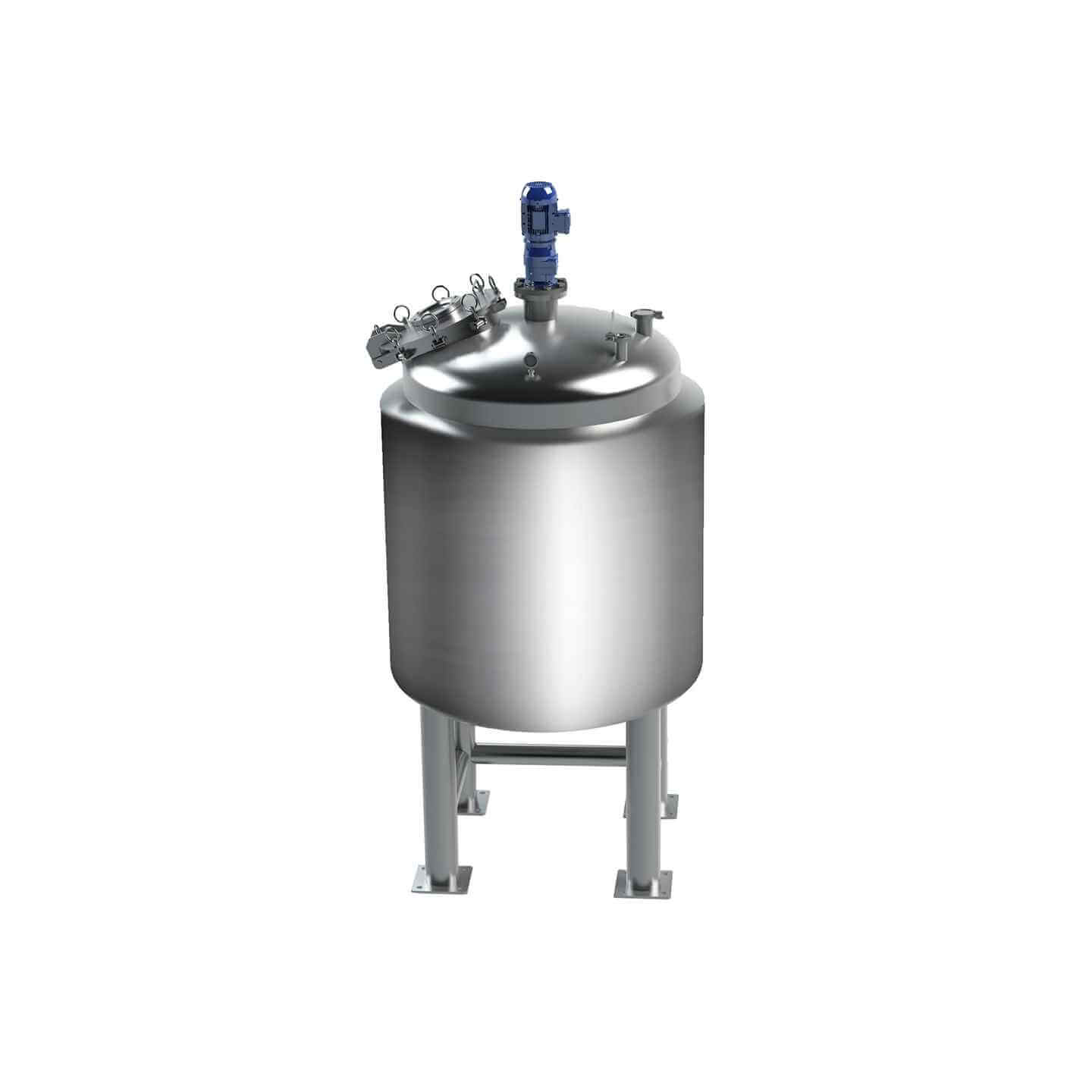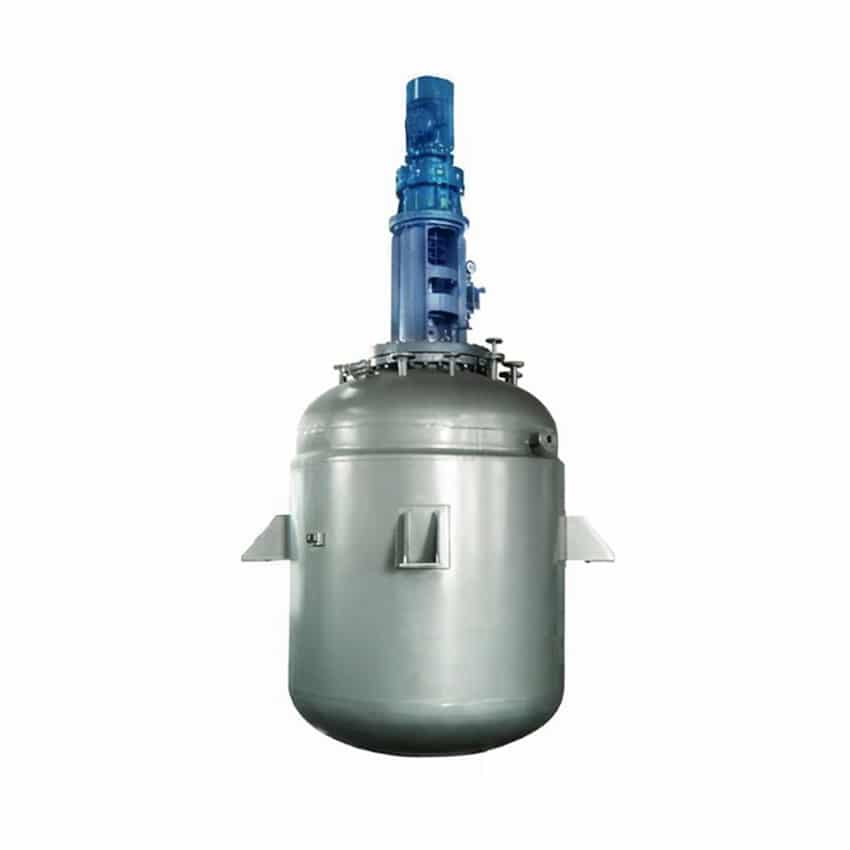

Jacketed Reactor
Jacketed reactor: used in the chemical industry, pharmaceutical industry and food industry, and other fields
Material
glass, stainless steel (316, 304), carbon steel, others
Capacity (L)
10-10000+
Mixing system
anchor, paddle, frame and others
Heating system
electric heating, oil heating and others
Jacketed reactors can be divided into steam heating reactors and heat transfer oil heating reactors according to different heating media, both of which are widely used in medicine, the chemical industry, plastics, rubber, building materials, food, and other industries. Corrosion, no environmental pollution, no need for automatic boiler heating, ease to use, and so on.
Request a quoteJacketed reactors have a variety of uses in chemical processing. In a single jacket system, a cooler is used to circulate the liquid around the vessel. In a double jacket system, a cooler is used to circulate the fluid through the inner jacket, while the outer jacket is used for vacuum insulation to ensure that the vessel maintains the desired temperature. The jacket is the cavity outside the vessel that allows uniform heat exchange between the fluid circulating in it and the vessel walls. According to different designs, there are many types of jackets, such as conventional jackets, half-pipe coil jackets, dimple jackets, etc.

Types of jacketed reactors
1. Conventional jacketed reactor
The casing is mounted on a part of the vessel to form an annular space in which the cooling or heating medium flows. The internal structure includes deflectors and agitation nozzles, the baffles can guide the flow around the jacket in a spiral shape, and the agitation nozzles can generate high turbulence at the point where the fluid is introduced into the jacket.
2. half-coils jacketed reactor
The pipe is cut into 1wo sections and the half-coils are welded to the vessel wall. It helps to provide high speed and high turbulence. It also helps provide strength to the half-coil walls, reducing half-coil cost. It provides structural rigidity, which is an advantage for high-temperature operations. For flexibility and efficiency, the half-coil sheath can be divided into zones.
3. Dimple-jacketed reactor
It can be made by using deep. It is useful for high jacket-pressure operations. Dimple jackets can induce turbulent flow even at very low flow rates. Can be used to circulate steam and hot oil.
The role of jacketed reactor
Jacketed reactors enhance temperature control, resulting in improved product quality. They are used in a wide range of applications, from pharmaceuticals to engine oils. They control the heat of exothermic reactions or reduce the viscosity of high-viscosity liquids.
The quality of a chemical reaction is affected by the type of stirring used, the size and shape of the reaction vessel, and the amounts added, as these conditions all affect mixing ability. At the same time, other conditions that may affect the chemical reaction need to be considered, such as photosensitivity, so sometimes an amber coating may be required for a jacketed reactor.
Jacketed reactors allow different usage ports for users to perform various purposes. Its purposes include adding feed to the jacketed reactor at a set rate, measuring the temperature of the feed, adding small amounts of solids to the jacketed reactor, and recovering the refined feed.
The jacket can be applied to the entire surface of the vessel or only a portion thereof. For vertical vessels, the top head is usually unjacketed. The jacket can be divided into zones to divide the flow of heating or cooling media. Advantages include the ability to direct fluid to certain parts of the jacket, such as only the bottom head when minimal heating or cooling is required, and the entire jacket when maximum heating or cooling is required; the ability to provide higher Bulk flow (parallel piping with zones) because the pressure drop across the zones is lower than if the entire jacket were a single zone.
Jacketed reactors provide an excellent means of obtaining reliable and consistent results, allowing scientists to scale up reactions and increase the yields of process materials used. Every good chemist knows the importance of accurate temperature management for controlled reactions. It is the basis for critical safety and quality parameters that may ultimately determine the success or failure of a reaction. Jacketed reactors typically use cooling or heating jackets to achieve optimal temperature control: removing heat during exothermic reactions and adding heat during endothermic reactions.




